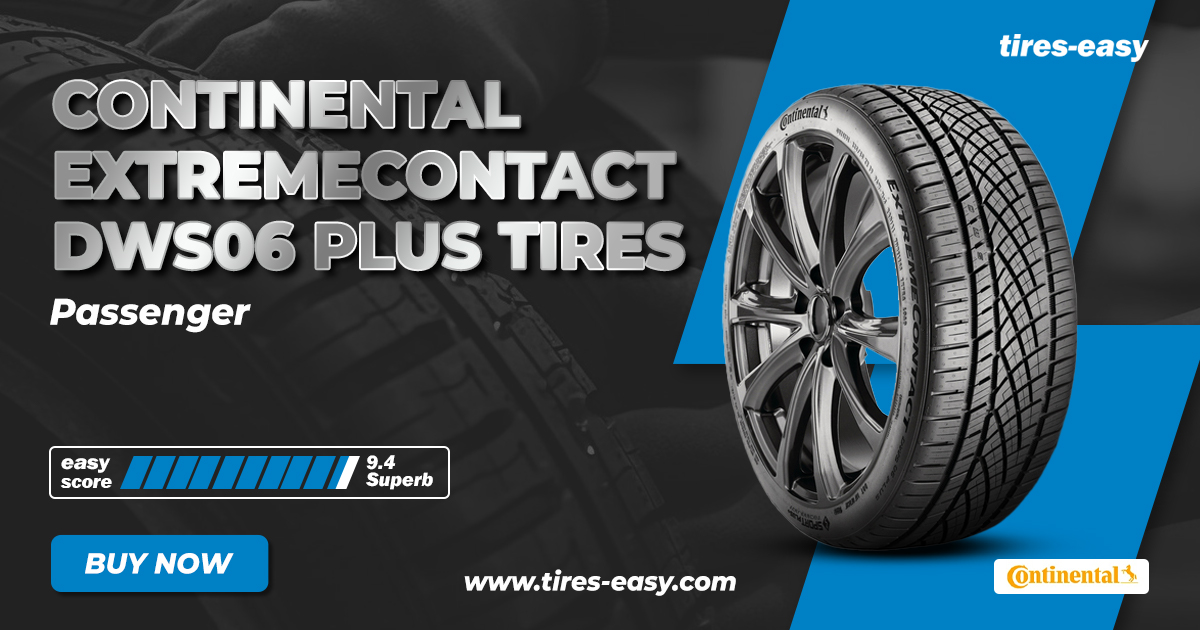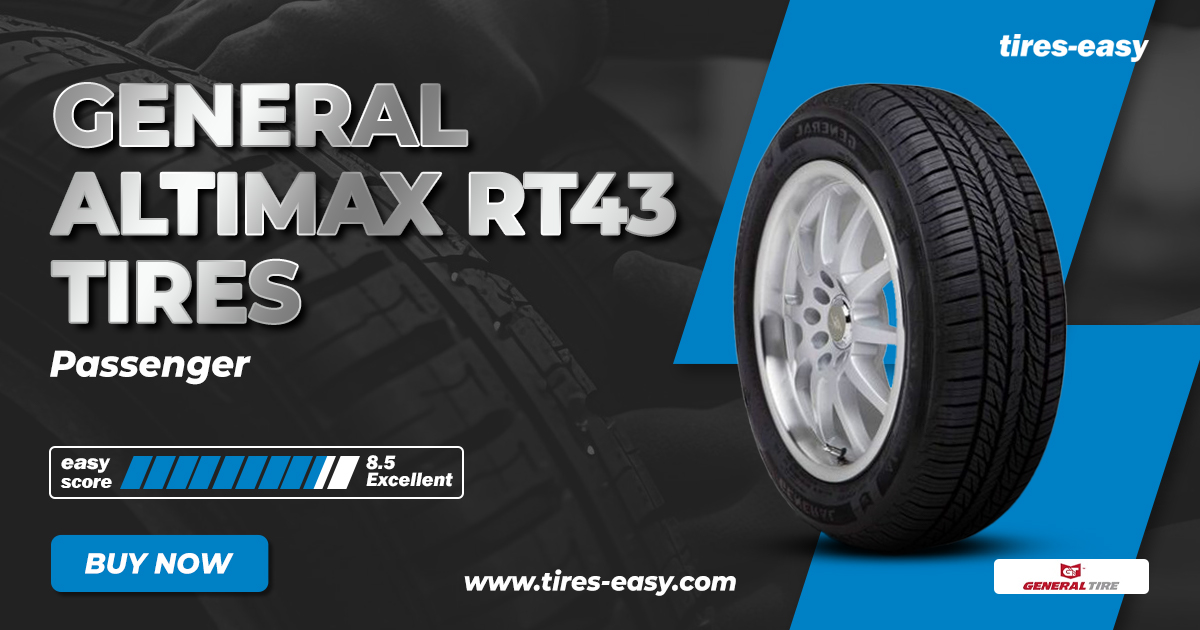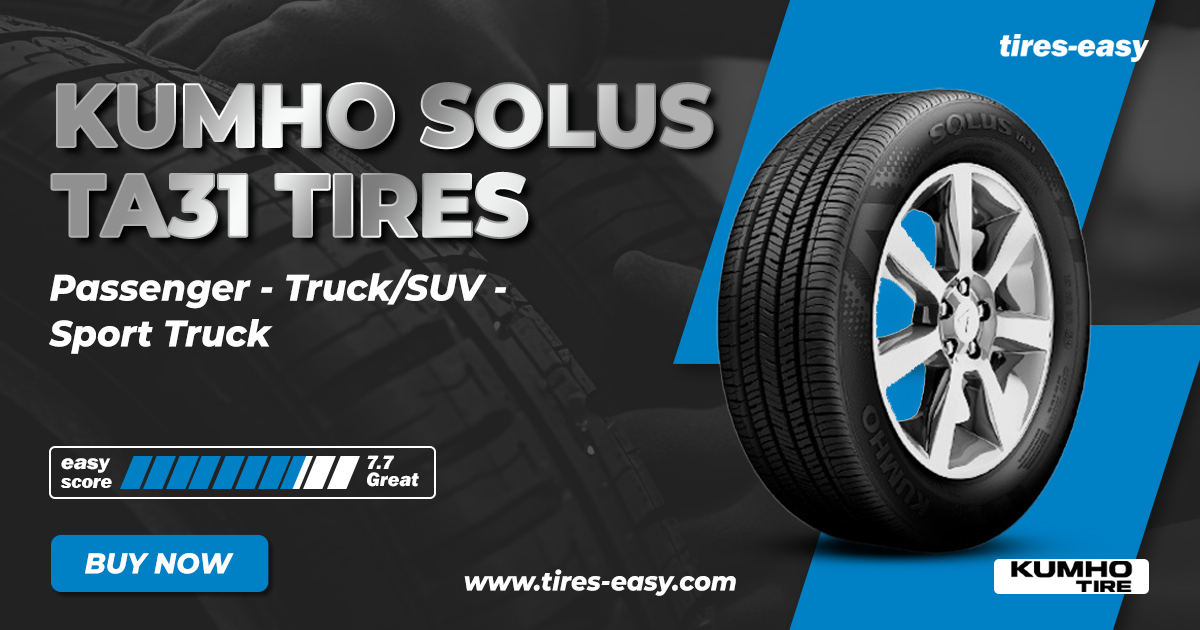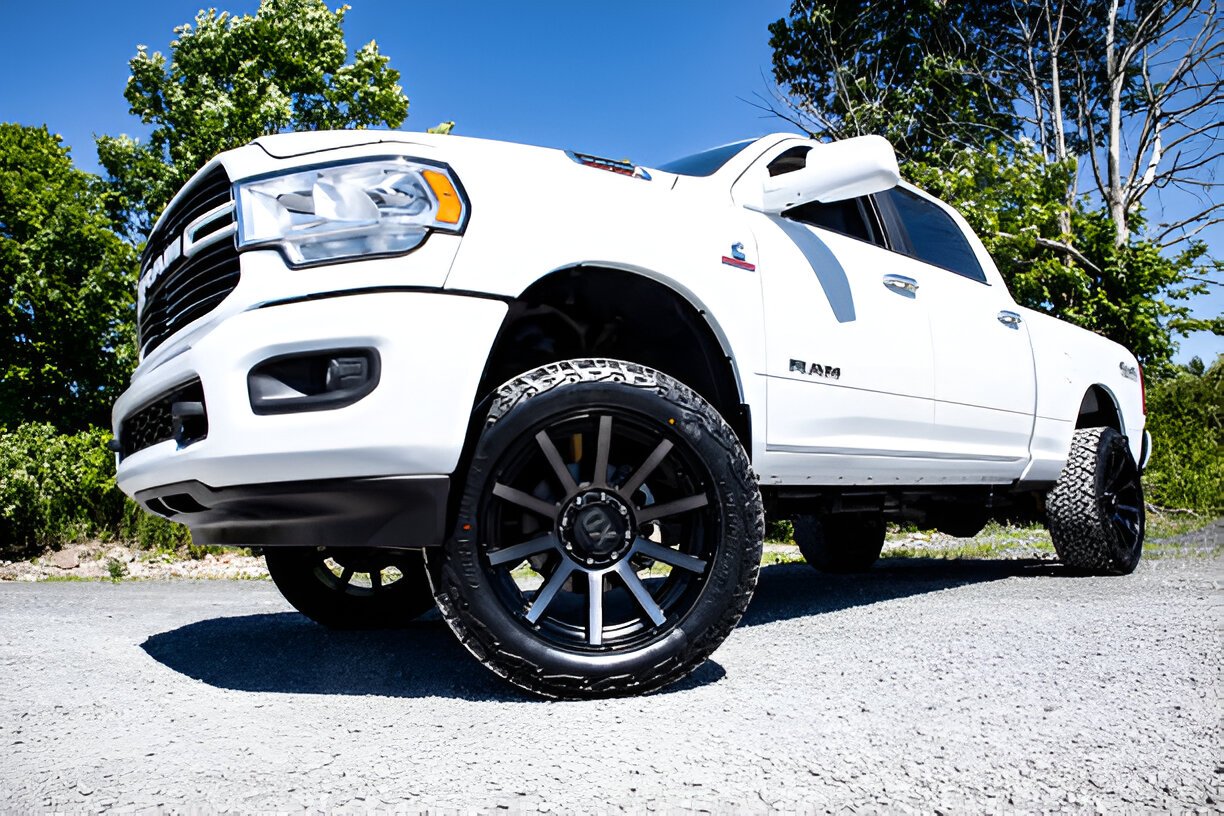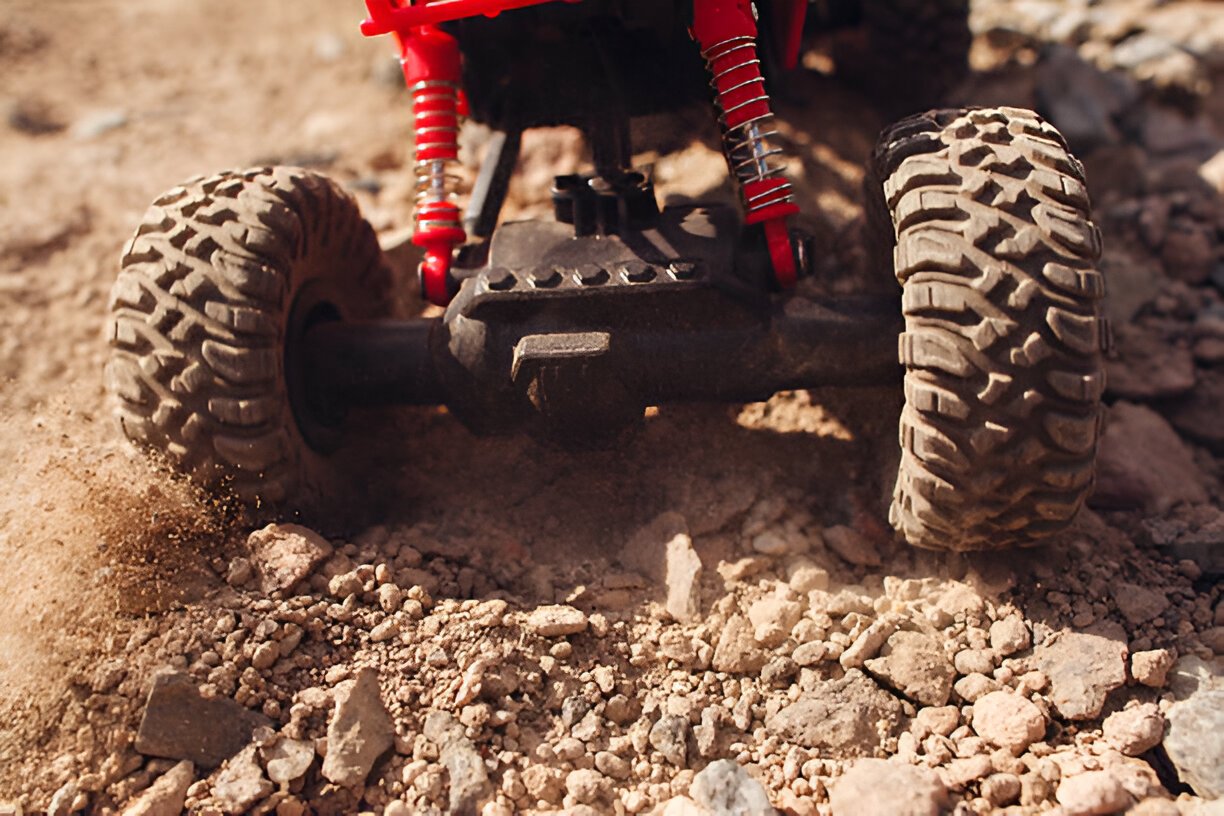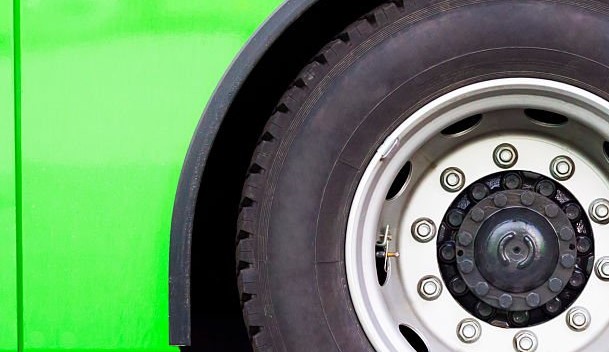Understanding Best Puncture-resistant Tires Risks
Tire punctures are a common but potentially dangerous problem for drivers worldwide. While they are generally regarded as a minor inconvenience, they can pose significant safety issues, such as loss of vehicle control, accidents, and, in extreme situations, catastrophic tire failures. The significance of identifying and reducing these risks cannot be overstated, especially in ensuring safe and reliable transportation.
The Importance of best puncture-resistant tires
Puncture-resistant tires play a necessary role in improving vehicle safety and reliability. These tires are designed to withstand common road dangers such as nails, glass, and other sharp objects compromising tire integrity. The advantages of using puncture-resistant tires include:
- Enhanced Safety: These tires aid vehicle control and accident prevention by lowering the risk of unexpected tire deflation.
- Increased durability: Puncture-resistant tires often have a longer lifespan than ordinary tires because they are less prone to frequent causes of tire damage.
- Peace of Mind: Knowing that their tires are less likely to puncture can comfort drivers, especially when traveling on new, challenging roads.
- Cost-Effectiveness: While puncture-resistant tires may be more expensive initially, their extended service life and reduced need for frequent replacements make them a more cost-effective alternative in the long term.
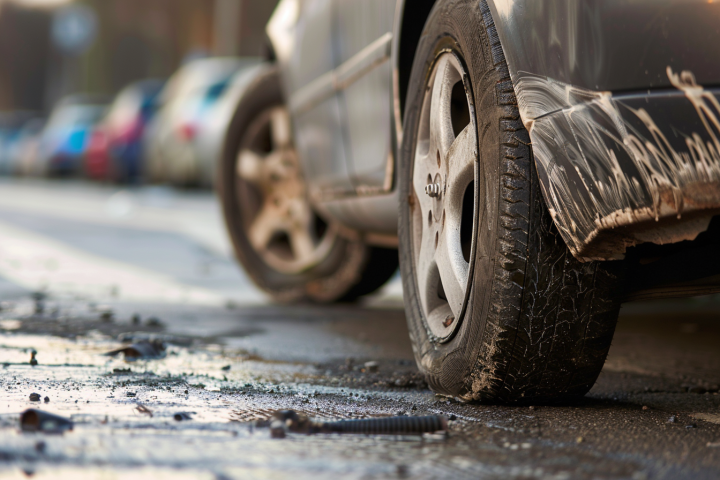
Mastering Tire Safety
This guide aims to vividly understand tire puncture risks and the benefits of using puncture-resistant tires. It will cover the following key areas:
- Understanding Common Causes of Tire Punctures: We will delve into the various factors that can lead to tire punctures, including road conditions, driving habits, and environmental factors.
- Identifying Tire Wear and Damage: It is crucial for preventive maintenance to know how to spot early signs of tire wear and potential puncture risks.
- Choosing the Right Puncture-Resistant Tires: We will guide you through selecting tires best suited to your vehicle type and driving conditions.
- Maintenance Tips for Puncture-Resistant Tires: Proper maintenance is essential to ensuring the longevity and performance of puncture-resistant tires. We will provide practical tips on tire care and maintenance.
Understanding best puncture-resistant tires
While often regarded as minor inconveniences, tire punctures can significantly affect driving safety. Understanding the causes and impacts of tire punctures is essential for maintaining vehicle performance and ensuring the safety of the driver and passengers.
Common Causes of Tire Punctures
- Road Dirt: Road debris is the most common cause of tire punctures. Nails, screws, broken glass, and other sharp objects on the road can readily penetrate the tire surface, resulting in a puncture. Highways and construction zones are notorious for such waste.
- Wear and Tear: Tires wear down with time, limiting their ability to endure sharp objects and uneven surfaces. Punctures are more likely to occur when the tread is thin or worn out.
- Incorrect tire Pressure: Over– and under-inflation can increase the danger of a tire puncture. Overinflated tires are more sensitive to harm from sharp objects, whereas underinflated tires can cause sidewalls to collapse, making them more vulnerable.
- Valve Stem Damage: Although sometimes ignored, the valve stem is critical. Damage or corrosion in this location can cause air leaks, which may be misinterpreted as punctures.
- Poor Road Conditions: Potholes, uneven roads, and other situations can result in immediate tire damage and punctures.
- Extreme Temperature: Extreme hot and cold temperatures can impact tire integrity. Tires can expand in warmer temperatures, making them more susceptible to harm from external objects.
The Impact of Punctures on Driving Safety
- Loss of Control: A sudden tire puncture can rapidly lose air pressure, affecting vehicle stability and steering control. This is particularly dangerous at high speeds.
- Increased Accident Risk: A punctured tire can cause the driver to lose control, potentially leading to accidents, especially if the driver is not experienced in handling such situations.
- Blowouts: In some cases, a puncture can lead to a tire blowout, a sudden and explosive loss of air pressure. This can be extremely dangerous, particularly on busy roads or highways.
- Reduced Efficiency: Even small punctures can affect the tire’s air pressure, reducing fuel efficiency and increasing tire wear.
- Braking Impairment: Punctured tires can affect the braking system’s effectiveness, increasing the stopping distance and compromising safety.
Understanding the common causes and impacts of tire punctures is crucial for drivers. Regular tire maintenance, including pressure checks and inspections for damage or wear, can significantly reduce the risk of punctures. Handling the situation calmly and safely is essential in a puncture, prioritizing the vehicle’s control, and seeking professional assistance as soon as possible.
Key Features of Puncture-Resistant Tires
Puncture-resistant tires represent a significant advancement in automobile technology, providing better protection against the common hazard of tire punctures. These tires offer various revolutionary features that promote durability and safety. Understanding these traits is essential for anyone looking into puncture-resistant tires for their car.
Reinforced Sidewalls: What They Are and Why They Matter
- Structure: Reinforced sidewalls provide additional layers of rubber, fabric, or other durable components to the tire’s sidewalls. These layers increase strength and resistance to external punctures.
- Benefits: Reinforced sidewalls’ principal advantage is their capacity to withstand the impact of sharp objects, lowering the risk of punctures. This strengthening is especially useful in off-road environments or roads with dirt.
- Safety: In the event of air pressure loss, these strong sidewalls can hold the vehicle’s weight more effectively than ordinary tires, preventing the tire from collapsing and helping the driver to keep greater control.
- Durability: tires with reinforced sidewalls often have a longer life expectancy due to their improved ability to withstand impact and abrasion damage.
Advanced Tread Compounds and Designs
- Material Innovations: Modern puncture-resistant tires include upgraded rubber compounds more resistant to punctures and cuts. These compounds often contain synthetic rubber and additional additives that increase their durability.
- Tread Design: The tread design in puncture-resistant tires is made to spread the forces applied by sharp objects. This frequently includes deeper grooves, larger tread blocks, and clever patterns that help deflect potential punctures.
- Performance: In addition to puncture resistance, these enhanced treads improve grip and handling, particularly in wet or snowy situations.
- Wear Resistance: Enhanced tread compounds contribute to slower tread wear, extending the tire’s usable life and providing better value over time.
Innovative Core Construction: A Look Inside
- Structure: Puncture-resistant tires often have many layers of solid materials, such as Kevlar or other high-strength fabrics, inserted into the tire to prevent punctures from penetrating the air chamber.
- Self-Sealing Technology: Some puncture-resistant tires use self-sealing technology, in which a specific layer inside the tire automatically seals off minor punctures, preserving air pressure and tire integrity.
- Run-flat Capability: Several puncture-resistant tires are also built to be run-flat, which means they may continue to function at a reduced speed and distance even after a puncture, allowing the driver to reach a safe spot for repair.
Review of Top Puncture-Resistant Tires
Best puncture-resistant tires are a game-changer in automotive safety, offering drivers an extra layer of security against common road hazards. This article reviews some of the top puncture-resistant tires in the market, categorizing them into high-performance and budget-friendly options and providing insights into how different brands and models compare.
High-Performance Options
- Michelin Pilot Sport All-Season 4: This tire is known for its excellent grip and handling and is a top choice for performance-oriented drivers. It features Michelin’s patented tread design and high-tech rubber compounds, making it resistant to sharp objects and wear.
- Continental ExtremeContact DWS06: This tire is lauded for its versatility across different weather conditions. It combines a unique tread pattern with durable compounds, offering a blend of performance and puncture resistance.
- Goodyear Eagle F1 Asymmetric All-Season: Goodyear excels in the high-performance category in wet and dry conditions. Its reinforced sidewalls and advanced tread design contribute to its puncture-resistant properties.
Budget-Friendly Choices
- General Altimax RT43: This tire is known for providing a quiet and comfortable ride without breaking the bank. It offers a good balance of durability and performance, with features that enhance its resistance to punctures.
- Kumho Solus TA31: This tire is an excellent option for drivers looking for an affordable yet reliable tire. Its enhanced tread design and tough rubber compounds provide decent puncture resistance for everyday driving.
- Hankook Kinergy PT H737: This model is a solid choice for budget-conscious consumers. It provides good puncture resistance and durability, making it suitable for various driving conditions.
Comparing Brands and Models
When comparing these brands and models, several factors come into play:
- Performance vs. Price: High-performance models like the Michelin Pilot Sport offer superior handling and longevity at a higher price. While less advanced in performance, budget-friendly models still provide adequate puncture resistance and are more cost-effective.
- Tread Life and Warranty: Tread life warranties are an essential factor. High-end tires typically have more extended warranties, showing their durability and quality. Budget choices may have lesser warranties but still provide good value for the price.
- Suitability for Conditions: Some tires are better suited for specific conditions than others. For example, the Continental ExtremeContact DWS06 is excellent for varied weather conditions, while others might be more tailored to wet or dry conditions.
- Brand Reputation and Reliability: Brands like Michelin, Continental, and Goodyear have a long-standing reputation for quality and innovation in tire technology. However, newer brands like Kumho and Hankook are also making a mark with their competitive pricing and quality products.
Choosing the Right Tires for Your Vehicle
- Choosing the proper tires for your car is an important decision that affects its safety, comfort, and performance. The procedure entails more than just selecting a brand; it also includes evaluating your driving requirements, educating yourself with tire specifications, and confirming that they are appropriate for your vehicle type.
Analyze Your Driving Needs and Conditions
- Driving Environment: Consider the typical road conditions you will face. If you routinely drive on rough, unpaved roads, you may require tires that are more durable and off-road capable. Tiress built to improve fuel efficiency and reduce noise may suit city driving.
- Weather Conditions: The climate in your area significantly influences tire choice. In regions with heavy snowfall, winter tires are essential for better traction. All-season tires work well in moderate climates but may not be the best in extreme conditions.
- Driving Habits: Your driving style also plays a role. High-performance tires with better grip and handling would be suitable if you prefer a sporty driving style. Tires with a high tread life and comfort-focused design are preferable for long-distance commuters.
Size, Load Rating, and Speed Rating: Understanding the Specifications
- Tire Size: The tire’s size is indicated by numbers and characters printed on the sidewall. This includes the tire’s width, aspect ratio, and diameter. Utilizing the tire size your vehicle’s manufacturer advised is critical to guarantee peak performance.
- Load Rating: The Load Rating defines the maximum weight each tire can safely support. Overloading a tire might result in tire failure. Load ratings are vital for vehicles such as trucks and SUVs that transport high loads.
- Speed Rating: The speed rating reflects the maximum speed at which the tire can safely operate. It’s denoted by a letter, such as T (up to 118 mph) or H (up to 130 mph). A standard speed rating is sufficient for everyday use, but a higher rating is necessary for high-performance vehicles.
Compatibility with Your Vehicle Type
- Vehicle Specifications: Check your vehicle’s owner’s manual for specific tire recommendations. Using tires unsuited for your vehicle type can affect handling, fuel efficiency, and safety.
- Sedans and Compact Cars: These vehicles often require tires that balance fuel efficiency, comfort, and all-weather capability.
- SUVs and Trucks: Larger vehicles typically need tires with higher load ratings and more aggressive tread patterns for better traction and durability.
- Sports Cars and Performance Vehicles: Sports and performance vehicles are typically equipped with high-performance tires that provide better grip and higher speed ratings.
- Electric and Hybrid Vehicles: Electric and hybrid cars may require specific tires that can handle their unusual weight distribution and torque characteristics.
Choosing the right tires for your vehicle involves carefully considering your driving needs, understanding tire specifications, and ensuring compatibility with your vehicle type. The right tires enhance your driving experience and contribute significantly to your safety on the road. Always consult with tire professionals and refer to your vehicle’s manual to choose the best tires for your driving needs.
Maintenance Tips for Maximizing Tire Life
Tire care ensures their longevity, optimal performance, and safety. Regular maintenance can considerably extend tire life, save money, and keep your car running smoothly. Here are some critical tire maintenance guidelines.
Regular Tire Inspections: What to Look For
- Tread Depth: Regularly check your tire’s tread depth to ensure adequate traction. The minimum legal tread depth is 1/16 of an inch. You can use a tread depth gauge or the penny test.
- Tire Damage: Look for cuts, cracks, punctures, or bulges on the tire’s surface. These can signal significant issues that require tire repair or replacement.
- Wear patterns: Uneven wear patterns may suggest wheel alignment, tire balancing, or suspension concerns. Checking for uneven wear regularly allows you to address these issues before they become serious.
- Age of Tires: Even if the tread is not worn down, tires age and degrade over time. Most manufacturers recommend replacing tires every six years, regardless of tread depth.
Proper Inflation: Keeping Tires at Optimal Pressure
- Regular Checks: Check tire pressure at least once a month and before long excursions. Tires lose air over time, and temperature changes may affect tire pressure.
- Correct Pressure: Always inflate tires to the manufacturer’s recommended pressure, which can be found in the owner’s manual or on a sticker in the vehicle.
- Benefits of Proper Inflation: Maintaining proper tire pressure enables appropriate tire contact with the road, which improves safety, fuel efficiency, and tire longevity.
Handling Minor Repairs and When to Replace
- Puncture Repairs: Minor punctures in the tread area are often mended. However, punctures greater than 1/4 inch, punctures in the sidewall, and tires with severe damage should not be repaired and must be replaced.
- Tire Rotation: Rotating tires regularly (every 5,000 to 8,000 miles) promotes even tire wear and extends tire life.
- Replacement Indicators: Besides tread depth, consider replacing tires if they show signs of severe decline, have reached the end of their recommended life, or routinely lose air pressure.
- Professional Inspection: If you require additional information on the condition of your tires, have them inspected by a professional. They can advise on whether a tire should be fixed or replaced.
Regular tire maintenance is not just about extending the life of your tires; it is also a critical aspect of vehicle safety. By conducting regular inspections, maintaining proper tire pressure, handling minor repairs promptly, and knowing when to replace tires, you can ensure that your vehicle remains safe, efficient, and reliable. Remember, well-maintained tires significantly improve your vehicle’s overall performance and safety.
Navigating and Avoiding Road Hazards
Successfully navigating and avoiding road hazards is essential for all drivers. It improves your safety and helps protect your vehicle from damage, including tire punctures. This skill set requires understanding safe driving habits, knowing what to do during a puncture, and having emergency kits and supplies.
Safe Driving Practices to Avoid Punctures
- Stay alert: Keep your eyes on the road and know your surroundings. Dirt, potholes, and uneven surfaces can all cause tire damage.
- Maintain Safe Distance: Keep a safe distance from the car ahead of you. This will allow you more time to respond and avoid problems that may arise unexpectedly.
- Avoid Construction Areas: If possible, take alternate paths to avoid driving through construction zones, where there is a higher risk of encountering sharp objects on the road.
- Regular Route Inspection: If you travel the same route regularly, identify recurring risks and plan your route to avoid them.
- Use Appropriate Speed: High speeds can make it harder to avoid road dangers and increase the damage if you hit something. Drive at a speed that allows you to navigate around potential hazards safely.
What to Do in Case of a Puncture
- Keep Calm and Maintain Control: Stay calm and grip the steering wheel tightly if you get a flat tire. Avoid quick stops and sharp bends.
- Slow down Gradually: Slow down gradually and head to a safe spot away from traffic. Avoid stopping on soft ground, hills, or curves.
- Assess the Situation: Once you’ve parked safely, activate your hazard lights and check the tire. You should consider changing your tire if you have the required knowledge and tools. If not, seek roadside help.
- Use Safety Equipment: When changing tires, use reflective triangles or flares to alert other drivers.
Emergency Kits and Tools for Puncture Scenarios
- Spare Tire and Jack: Always carry a properly inflated spare tire, a jack, and a lug wrench. These are essential for changing a flat tire.
- Tire Repair Kit: A tire repair kit can temporarily fix small punctures, allowing you to drive to a service station for a permanent repair.
- Air Compressor: A portable air compressor can be invaluable for inflating a tire that has lost pressure.
- Reflective Triangles and Flares are essential for ensuring visibility and safety, especially if you encounter a puncture at night or in low-visibility conditions.
- Gloves and Flashlight: Gloves can protect your hands during a tire change, and a flashlight (or headlamp) is crucial for seeing what you’re doing in the dark.
The Future of Tire Technology
The tire business is on the verge of a technological revolution, with technologies that promise to significantly improve puncture resistance, adopt environmentally friendly methods, and adapt to changing norms and regulations. These breakthroughs are more than just incremental gains; they are set to affect how tires are manufactured and performed.
Upcoming Innovations in Puncture Resistance
- Self-Healing Tires: Research is ongoing into tires that can self-repair after being punctured. These tires use materials that flow into and seal minor puncture wounds, maintaining tire integrity and air pressure.
- Airless Tires: These are also known as non-pneumatic tires (NPT) and are being developed to eliminate the risk of punctures. They use a unique structure instead of being air-filled, maintaining flexibility and durability without the risk of deflation.
- Advanced Materials: Tire manufacturing is increasingly using new materials like Kevlar and other high-tech fibers. These materials offer superior strength and durability, making tires less prone to punctures and cuts. Innovative tire Technologies: A growing trend is the addition of sensors within tires to monitor their condition in real time. These unique tires can provide early indications of potential puncture or wear issues, allowing for proactive maintenance.
Eco-friendly Developments in Tire Manufacturing
- Sustainable Materials: The shift to sustainable and renewable materials is gaining traction. This involves using bio-based materials, recycled rubber, and other environmentally friendly alternatives to typical tire components.
- Reduced Rolling Resistance: Creating tires with less rolling resistance lowers fuel consumption and CO2 emissions, which benefits the environment and increases vehicle efficiency.
- Recycling Innovations: Advances in tire recycling methods make it easier to recover and use materials from old tires. This minimizes waste and the environmental impact of tire production.
- Life Cycle Analysis: Manufacturers are increasingly considering tires’ entire life cycle, from production to disposal, aiming to minimize environmental impact at every stage.
Anticipating Changes in Tire Standards and Regulations
- Safety Regulations: New technologies present new safety challenges. Regulatory organizations must revise safety rules to guarantee that novel tire designs meet severe requirements.
- Environmental rules: As worldwide awareness of ecological issues rises, tire makers will likely face stiffer rules governing emissions, materials, and manufacturing processes.
- Adaptation to Electric and Driverless Vehicles: As electric and driverless vehicles become more common, tires that can handle more torque and provide better range efficiency will be in high demand.
- Global Standardization: As tire technology advances, international standardization of tire specifications and ratings will increase to ensure market uniformity and safety.
The future of tire technology is vibrant and promising, with significant advancements in puncture resistance, eco-friendliness, and regulatory compliance. These developments aim to improve tire performance and longevity and reflect a growing commitment to sustainability and environmental responsibility in the tire industry. As these technologies evolve and become mainstream, they are set to offer consumers safer, more reliable, and eco-conscious driving experiences.
Conclusion & Recommendation
As we conclude this comprehensive guide on puncture-resistant tires, it’s important to recap the key insights and offer final thoughts on choosing and maintaining these essential components of your vehicle.
Key Insights:
- Importance of Puncture-Resistant Tires: We’ve seen how puncture-resistant tires enhance safety by reducing the likelihood of tire failure due to punctures. They provide peace of mind, especially when driving under conditions where road debris is common.
- Features of Puncture-Resistant Tires: Innovations such as reinforced sidewalls, advanced tread compounds, and innovative core construction make these tires more durable and resilient against sharp objects.
- Selection Criteria: When choosing tires, consider your driving environment, weather conditions, and vehicle specifications. Understanding tire size, load rating, and speed rating is essential for making an informed choice.
- Maintenance Tips: Regular inspections, maintaining proper tire pressure, handling minor repairs, and understanding when to replace tires are critical for maximizing their lifespan and ensuring safety.
Final Thoughts on Choosing and Maintaining Puncture-Resistant Tires
Selecting the right puncture-resistant tires requires balancing your specific driving needs with the features offered by various tire brands and models. Remember, the cheapest option is sometimes the best in quality and durability. Investing in high-quality puncture-resistant tires can save you money in the long run through reduced maintenance costs and fewer replacements.
Regular maintenance of your tires, including checking for wear and tear, ensuring proper inflation, and conducting routine inspections, is as essential as the initial purchase. Properly maintained tires last longer and offer better performance and safety.
Having armed yourself with this knowledge, the next step is to choose the right tires for your vehicle. This is where Tire Easy comes into play. At Tire Easy, we offer high-quality puncture-resistant tires that cater to various driving needs and vehicle types. Our selection includes top brands known for their innovation and reliability, ensuring you find the perfect match for your vehicle.
Why Choose Tire Easy?
- Wide Selection: From high-performance options to budget-friendly choices, our range caters to all preferences and requirements.
- Quality Assurance: All our tires are sourced from reputable manufacturers, guaranteeing high safety and performance standards.
- Expert Advice: If you need help determining which tires are best for your vehicle, our team is always ready to provide personalized recommendations based on your needs.
Ready to upgrade to puncture-resistant tires? Visit Tire Easy today to explore our selection and make a choice that combines safety, durability, and value. Your journey towards safer, more reliable driving starts here!
FAQs
What is the solution to prevent tire punctures?
Preventing tire punctures involves regular tire maintenance, such as keeping tires properly inflated, regularly checking for wear, and avoiding hazardous materials on the road. Using puncture-resistant tires or applying tire sealants can also offer additional protection.
How do you prevent tire punctures?
To prevent tire punctures, it’s crucial to maintain correct tire pressure, inspect tires regularly for signs of damage, avoid driving over sharp objects, and consider using puncture-resistant tires or tire protection sealants.
How can you reduce the risk of punctures?
Reducing the risk of tire punctures can be achieved by keeping tires properly inflated, conducting frequent inspections for wear and damage, steering clear of hazardous road conditions, and opting for puncture-resistant tires or using tire sealants.
What can I put in my tires to stop punctures?
To help stop punctures, you can use tire sealants, liquid compounds that seal small punctures when they occur. Alternatively, puncture-resistant tires with features like reinforced sidewalls can also be adequate.
What is the leading cause of tire punctures?
The primary cause of tire punctures is driving over sharp objects such as nails, screws, and glass. Tire punctures can also result from wear and tear, under-inflation, or going on damaged road surfaces.
Is it safe to drive with a tire puncture?
Driving with a tire puncture is unsafe and generally not advisable. It can lead to loss of control, diminished braking performance, and even tire blowouts, particularly at high speeds or over long distances.
What are the dangers of worn or damaged tires?
Worn or damaged tires can significantly decrease grip and traction, increase stopping distances, and heighten the risk of punctures and blowouts. They compromise vehicle handling and overall safety.





